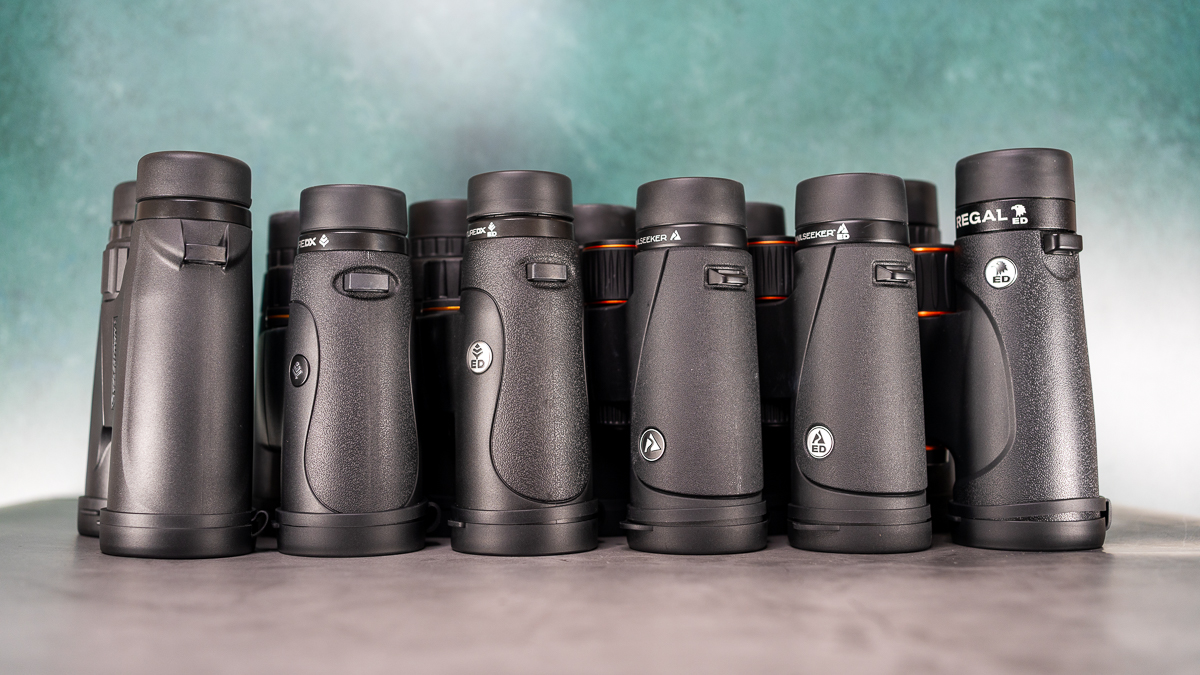James Webb telescope makes first 3D map of an alien planet's atmosphere
Astronomers using the James Webb Space Telescope have made the first 3D map of an alien planet's atmosphere, revealing extreme temperature swings on the exoplanet WASP-18b.

Scientists have created a three dimensional map of a distant planet's atmosphere for the first time.
Using data from the James Webb Space Telescope (JWST) and a technique known as eclipse mapping, researchers found different temperature zones in the atmosphere of the exoplanet WASP-18b, a gas giant located about 400 light-years from Earth. The same process could soon help scientists map temperature variations and cloud structures on other faraway planets, according to a study published Oct. 28 in the journal Nature Astronomy.
"Eclipse mapping allows us to image exoplanets that we can't see directly, because their host stars are too bright," study co-author Ryan Challener, a researcher studying exoplanets at Cornell University, said in a statement. "With this telescope and this new technique, we can start to understand exoplanets along the same lines as our solar system neighbors."
WASP-18b has about 10 times the mass of Jupiter, and its year is just 23 hours long. It's tidally locked to its star, which means one side of the planet constantly faces the star, while the other side is always dark.
As a planet starts to pass behind its star, the star blocks more and more of the light that the planet reflects, until the planet is fully obscured when viewed from our solar system. Eclipse mapping takes advantage of this progressive change. By measuring how the light from a planet changes as it's obscured and revealed, scientists can work out the temperature in different regions and altitudes of the planet's atmosphere.
"You're looking for changes in tiny portions of the planet as they disappear and reappear into view, so it's extraordinarily challenging," Challener said.
In the new study, the scientists built on a previous two-dimensional temperature map of WASP-18b by using different wavelengths of light to create a more detailed, 3D map of the atmosphere. For example, they used data of a wavelength that is absorbed by water to map the exoplanet's wet upper atmosphere. Wavelengths that water didn't absorb passed through to lower altitudes, allowing JWST to preferentially look at different levels of the planet’s atmosphere based on the wavelengths it was studying.
Get the world’s most fascinating discoveries delivered straight to your inbox.

WASP-18b has two distinct temperature regions on its day side, the team found. It has a circular "hotspot" in the area that directly faces the star and receives the most sunlight. Beyond that is a colder ring that extends to the visible edge of the planet. This suggests that atmospheric winds can't fully redistribute the heat from the star across the planet.
The scientists also observed less water in the hotspot than the planet's average. This could mean that temperatures in the hotspot are high enough to rip apart water molecules in the atmosphere, the researchers suggested.
"We think that's evidence that the planet is so hot in this region that it's starting to break down the water," Challener said. "That had been predicted by theory, but it's really exciting to actually see this with real observations."
Additional measurements with JWST could boost the resolution of WASP-18b's atmospheric map and enable scientists to study the atmospheres of other gas giants like it.
"This new technique is going to be applicable to many, many other planets that we can observe with the James Webb Space Telescope," Challener said. "We can start to understand exoplanets in 3D as a population, which is very exciting."

Skyler Ware is a freelance science journalist covering chemistry, biology, paleontology and Earth science. She was a 2023 AAAS Mass Media Science and Engineering Fellow at Science News. Her work has also appeared in Science News Explores, ZME Science and Chembites, among others. Skyler has a Ph.D. in chemistry from Caltech.
You must confirm your public display name before commenting
Please logout and then login again, you will then be prompted to enter your display name.


